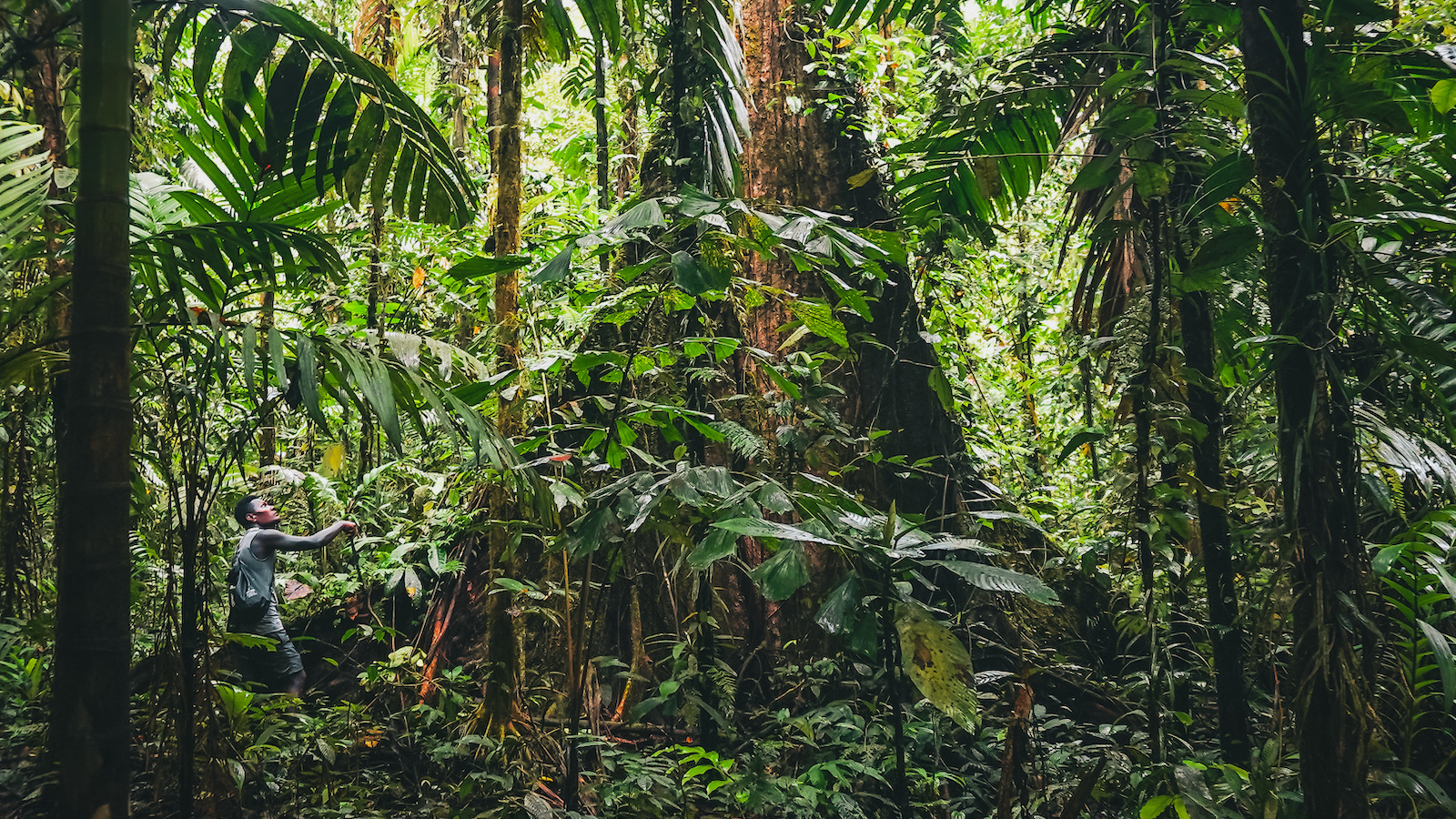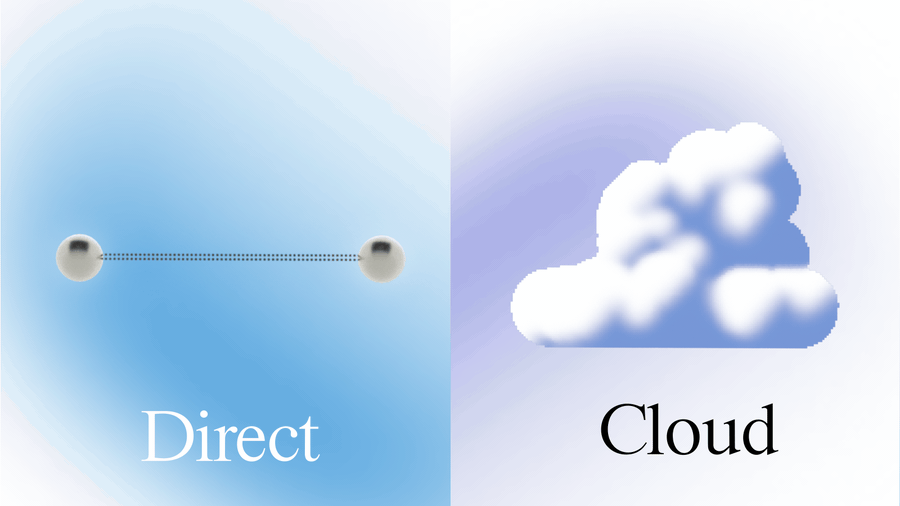A rusty green early ocean? -- ScienceDaily
Though they may seem rock solid, the ancient sedimentary rocks called iron formations -- the world's chief economic source of iron ore -- were once dissolved in seawater. How did that iron go from a dissolved state to banded iron formations? Dr. Itay Halevy and his group in the Weizmann Institute of Science's Department of Earth and Planetary Sciences suggest that, billions of years ago, the "rust" that formed in the seawater and sank to the ocean bed was green -- an iron-based mineral that is rare on Earth today but might once have been relatively common. Their findings were published in Nature Geoscience.
We know there was dissolved iron in the early oceans -- a strong indication that Earth's free oxygen concentrations were exceedingly low. Otherwise, the iron would have reacted with oxygen to form iron oxides, which are the rusty red deposits familiar to anyone who's left a bike out in the rain. Today, says Dr. Halevy, iron is delivered from the land to the oceans as small insoluble oxide particles in rivers. But this mode of sedimentation only came about as free oxygen accumulated in Earth's atmosphere, about 2.5 billion years ago. With almost no oxygen, the oceans were iron-rich, but that did not mean that iron remained dissolved in seawater indefinitely: it ultimately formed insoluble compounds with other elements and settled to the seabed to give rise to banded iron formations.
The idea that one of those insoluble compounds could be a rusty green mineral occurred to him during his doctoral research, says Dr. Halevy, when he was trying to recreate the conditions on early Mars, including its rusty-red iron sediments. "I got some green stuff I didn't recognize at first, which quickly turned orange when I exposed it to air. With a little more careful experimentation, I found that this was a mineral called green rust, which is extremely rare on Earth today, owing to its affinity for oxygen." Today, green rust quickly transforms into the familiar red rust, but with not much free oxygen around, Dr. Halevy reasoned, it could have been an important way for dissolved iron to form solid compounds and settle to the sea floor.














